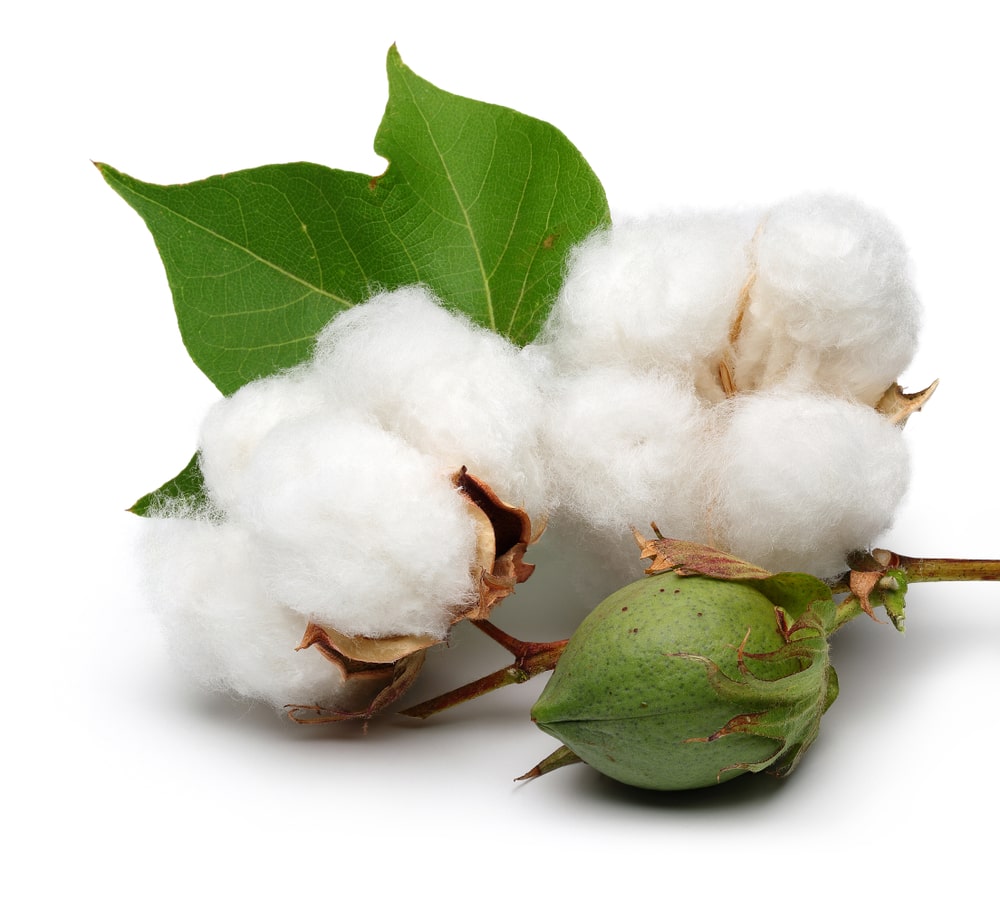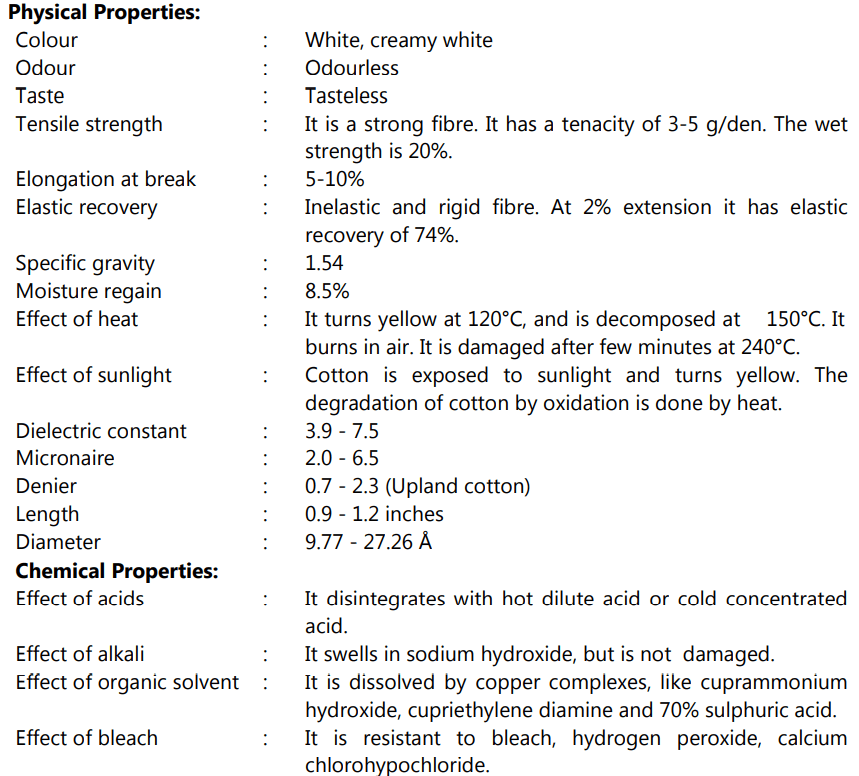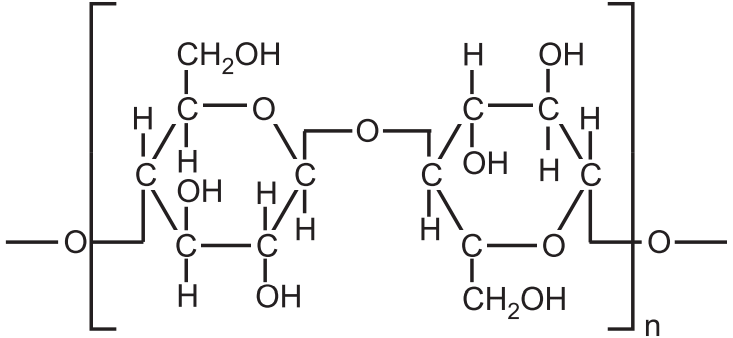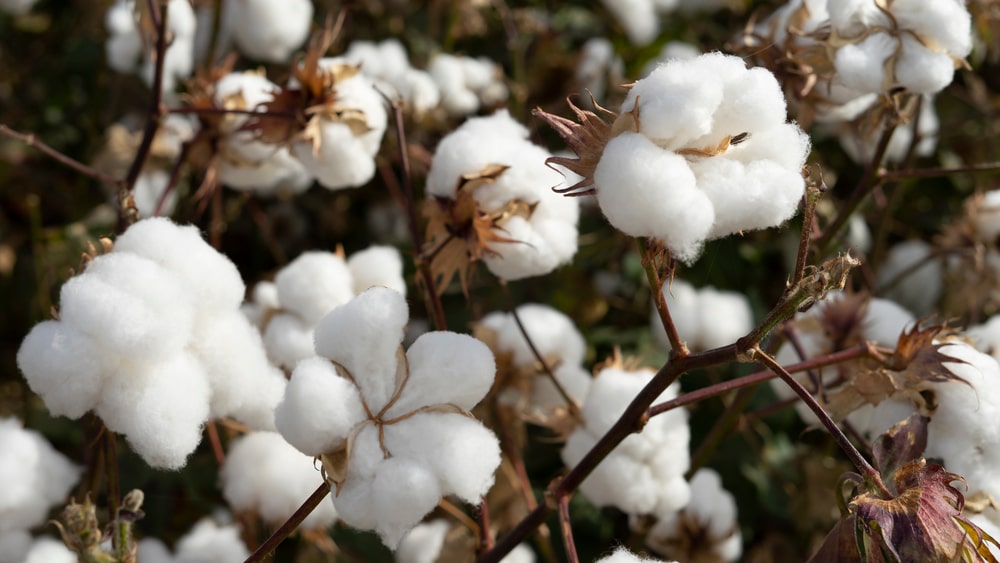Biological source: Cotton is a natural source of fibres consisting of the hairs of the seeds of Gossypium species like Gossypium hirsutum L., G. barbadense L, and G. herbaceum.
Family: Malvaceae.
Distribution: The plant is a shrub native to tropical and subtropical regions around the world, including America, Africa, Australia and India. Gossypium hirsutum is native to Central America, the Caribbean, and southern Florida, G. barbadense is native to tropical South America, G. arboretum is native to India and Pakistan. In India, the major production of the plant is in Maharashtra, Gujarat, Punjab, Andhra Pradesh, and Madhya Pradesh.
Description of the plant:
Table of Contents
The plant is perennial and annual and about 6 to 12 feet tall. Underground, the plant develops a strong taproot with many lateral branches, penetrating as deeply as 8 to 10 feet. The leaves are heart-shaped with pointed lobes. There are three to five lobes at the ends of each leaf blade, which measures up to 7 inches long and across. Leaves are fuzzy and are arranged in an alternating pattern on the stems and branches. The flowers are five-petaled and creamy white or yellow. After pollination, the three- to four-chambered ovary inside ripens to form a green capsule or “boll.” This long, spherical capsule contains a few oil glands as well as many dark brown seeds that are encased in lint and fuzz. The capsule contains numerous seeds (Fig.1).

Preparation of Cotton:
A fertilized flower takes about 20-45 days to become an open boll. After the plant flowers, the cotton fibres (lint) develop on the seed in the boll in three stages. In the “elongation” stage (0 to 27 days), the fibre cell develops a thin, expandable primary wall surrounding a large vacuole. During the “thickening” stage (15 to 55 days), the living protoplast shrinks, while a secondary wall composed almost entirely of cellulose is deposited inside the primary wall. By the “maturation” stage, the secondary wall fills most of the fibre cell volume, leaving a small central cavity (the lumen) containing the cytoplasm and the vacuole. As the boll opens, the fibre cells rapidly desiccate, collapse and die. As the tubular cells collapse, they assume a flat, ribbon-like form with twists, called “convolutions.” The fibre removed from the plant also contains the cotton seeds and is referred to as “seed cotton.” The harvested seed cotton is transported to the gin. Ginning is the process of separating cotton fibres from the seeds. Seed cotton is then cleaned with dilute soda solution under pressure for several hours to remove the impurities like wax, fatty matters and finally treated with a suitable bleaching agent and then packed for transportation.
Three broad types of cottons are generally recognized based on the length, strength and structure of the fibre.
(i) Long Staple Cotton: It has the longest fibre whose length varies from 24 to 27 mm. The fibre is long, fine and shiny. It is used for making fine and superior quality cloth. It is largely grown in Punjab, Haryana, Maharashtra, Tamil Nadu, Madhya Pradesh, Gujarat and Andhra Pradesh.
(ii) Medium Staple Cotton: The length of its fibre is between 20 mm and 24 mm. About 44% of the total production in India is of the medium staple. Rajasthan, Punjab, Tamil Nadu, Madhya Pradesh, Uttar Pradesh, Karnataka and Maharashtra are its main producers.
(iii) Short Staple Cotton: This is inferior cotton with fibre less than 20 mm long. It is used for manufacturing inferior cloth. It is grown in U.P., Andhra Pradesh, Rajasthan, Haryana and Punjab.

Chemical Constituents:
It mainly contains cellulose, moisture, protein, ash, pectin, oil, fat and some pigments. The whole cotton fibre contains 88 to 96.5% of cellulose (Fig.2), the rest are non-cellulosic polysaccharides constituting up to 10% of the total fibre weight.

Non-cellulosic constituents consist of pectins, fats and waxes, proteins and natural colourants. The secondary wall contains about 92-95% cellulose and 8-9% moisture.
Chemical Tests:
1. Cotton fibres are soaked in iodine water and then 80% sulphuric acid is added. The trichomes become bluish-green.
2. Raw cotton fibres dissolve in cuoxam solution and form a balloon-like structure, whereas absorbent cotton dissolves completely and swells in the same solution.
Uses:
The long cotton fibres are used to make cloth and the short fibres are used in the paper industry. Further in the pharmaceutical field, cotton is used as filter media and various surgical dressings. It is also used as an insulating material.
Storage: Cotton in wrapped condition, is stored in a cool place with a dustproof cupboard.
Make sure you also check our other amazing Article on : Classification of Resins
